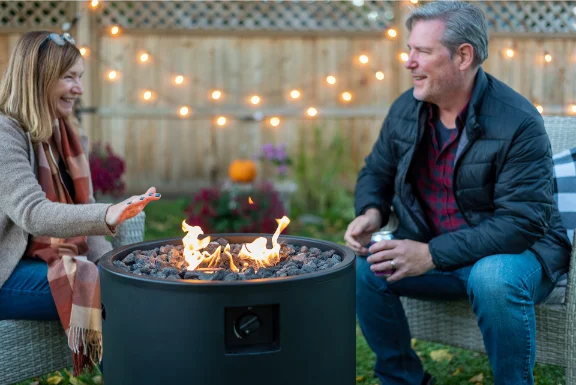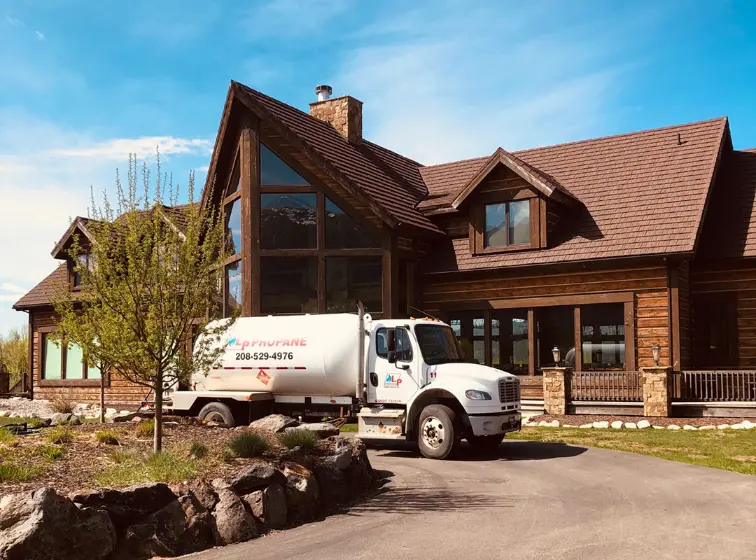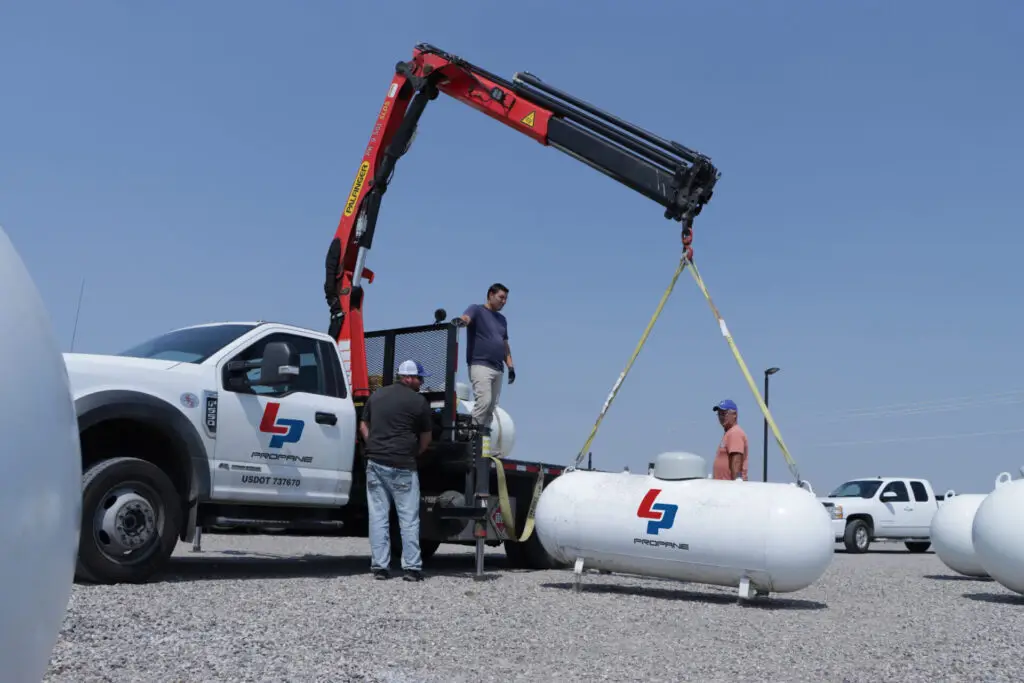The Definitive Guide to Reading Your Propane Tank Gauge
Never Run Out of Fuel Again
Your propane tank is the powerhouse behind your home’s heating, cooking, and various other energy needs. But do you know how much propane you actually have left? Understanding how to read your propane tank gauge is crucial for ensuring you never run out of fuel at the worst possible moment. In this comprehensive guide, we’ll show you exactly how to read your propane tank gauge with confidence and ease, so you’re always prepared.

Reading Your Propane Tank Gauge Matters
Running out of propane can disrupt your daily life—no heat in winter, no hot water, and no cooking fuel. Even worse, allowing your propane tank to empty completely can cause system shutdowns that require costly professional restart services. Knowing how to read your gauge means you can schedule refills in advance, avoid emergency situations, and keep your home running smoothly.
Meet the Propane Gauge: Your Fuel Monitor
The propane tank gauge is your window into your tank’s fuel level. Typically located under the tank’s dome or on the outside of the tank itself, the gauge is a simple dial that tells you how much propane is left inside. Understanding the parts of the gauge will make reading it a breeze:
Dial Face: Displays numbers from 5 to 95, representing the percentage of propane in the tank.
Needle: Points to the current level of propane.
Float Mechanism: Inside the tank, this device measures the level of liquid propane and moves the needle accordingly.



How to Read Your Propane Tank Gauge in Three Simple Steps
1. Locate the Gauge: The first step is to find the gauge on your propane tank. For above-ground tanks, it’s usually located under the protective dome. For underground tanks, the gauge is often visible through a small opening in the ground.
2. Check the Needle: Look at where the needle is pointing on the dial. The number it points to represents the percentage of propane remaining in your tank. For example, if the needle points to 40, your tank is 40% full.
3. Calculate Your Remaining Fuel: To determine how many gallons of propane you have left, multiply the tank’s total capacity by the percentage shown on the gauge. For instance, if you have a 500-gallon tank and the gauge reads 40%, you have 200 gallons of propane left (500 x 0.40 = 200).
Fuel Up: When to Refill Your Propane Tank
Knowing when to schedule a refill is crucial to avoid running out of propane. As a general rule, you should schedule a refill when your tank is about 20-30% full. This ensures you have enough fuel to last until your next delivery, even if there’s a delay.
•20% Threshold: If your gauge reads 20%, it’s time to call your propane supplier. This gives you a comfortable margin to continue using propane without worrying about running out.
•Automatic Delivery Options: If you prefer not to monitor your gauge closely, consider setting up automatic deliveries with your propane provider. They’ll keep track of your usage and schedule refills when you need them.



Pro Tips: Get the Most Accurate Reading
Reading your propane tank gauge might seem straightforward, but a few tips can help you get the most accurate reading possible:
1. Read in Stable Conditions: Temperature fluctuations can cause propane to expand or contract, affecting the gauge reading. For the most accurate measurement, check your gauge when temperatures are stable—early morning or late evening is ideal.
2. Don’t Panic Over Small Fluctuations: It’s normal for the gauge to fluctuate slightly due to temperature changes. If you notice a small drop in percentage, it doesn’t necessarily mean you’ve used that much propane.
3. Know Your Usage Patterns: Understanding your household’s propane usage patterns can help you better predict when you’ll need a refill. For example, you’ll likely use more propane in winter for heating, so expect the gauge to drop faster during those months.
Understanding Gauge Percentages: What They Really Mean
The percentage on your propane tank gauge doesn’t just tell you how much fuel you have left—it also gives you insight into how much propane you’re using and when you might need a refill. Here’s a breakdown of what different gauge readings mean:
•80-100% Full: Your tank is nearly full, so you’re good to go for a while. This is typical right after a delivery.
•50-79% Full: You’re using propane, but you still have plenty left. Monitor the gauge more frequently if you’re in a high-usage season, like winter.
•20-49% Full: Time to start planning for a refill. If your gauge is below 30%, call your propane provider soon.
•Below 20%: This is the danger zone. You should arrange for a delivery immediately to avoid running out of propane.
Troubleshooting Common Gauge Issues
While propane tank gauges are reliable, they can sometimes give inaccurate readings or stop working altogether. Here’s how to troubleshoot common issues:
1. Gauge Stuck at One Percentage: If your gauge needle isn’t moving, even though you’re using propane, the float mechanism inside the tank might be stuck. Contact your propane provider for an inspection.
2. Needle Jumps Around: If the needle fluctuates wildly, it could indicate a problem with the gauge itself. This usually requires a professional to check and possibly replace the gauge.
3. Gauge Reads Empty, But Tank Feels Full: This can happen if the gauge is broken or if there’s an issue with the tank’s float mechanism. Again, a professional inspection is needed to diagnose and fix the problem.